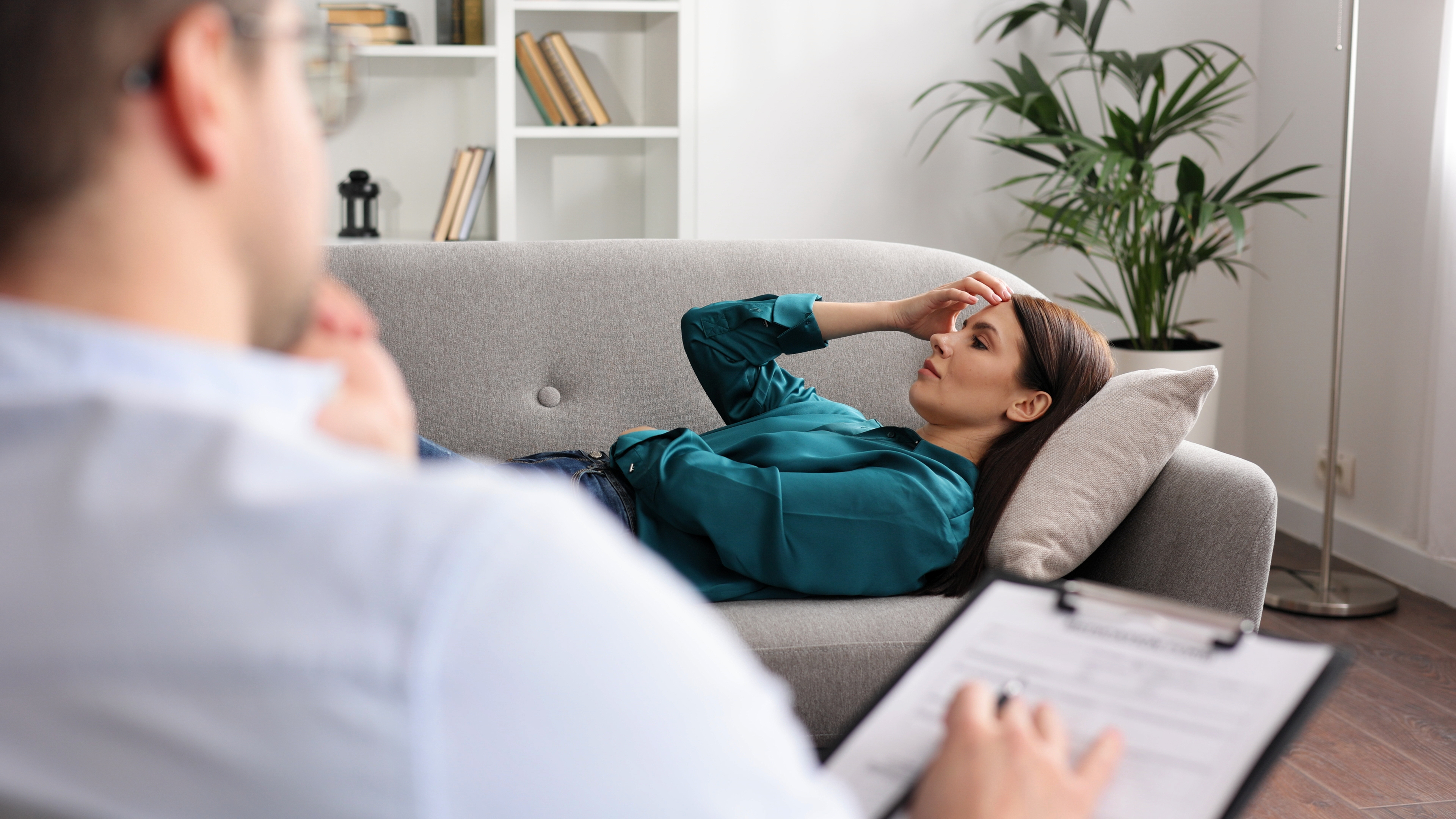10 Effective Strategies to Conquer Claustrophobia with Ease
Claustrophobia, the fear of closed or confined spaces, is a common anxiety disorder that affects a significant portion of the population. This fear can manifest in various situations, from riding in an elevator to being in a crowded room, and can lead to intense feelings of panic and distress. Understanding the root causes of this fear is crucial for developing effective coping strategies. Often, claustrophobia is linked to past traumatic experiences, genetic predispositions, or even learned behaviors. The fear of losing control, being trapped, or suffocating are common triggers that exacerbate the condition. This article aims to delve into 10 calming strategies that can help individuals master their fear of closed spaces without breaking a sweat. These strategies are designed to empower individuals, providing them with the tools necessary to confront and manage their anxiety.
1. Understanding the Psychology Behind Claustrophobia

To effectively address the fear of closed spaces, it is essential to understand the psychological mechanisms at play. Claustrophobia is often rooted in the brain's fear response, which is triggered by perceived threats. This response is part of the body's natural survival mechanism, but in the case of phobias, it becomes disproportionate to the actual threat. The amygdala, a part of the brain responsible for processing emotions, plays a significant role in this fear response, often reacting to stimuli that remind the individual of past traumatic experiences. Cognitive-behavioral therapy (CBT) has been shown to be effective in altering these fear responses. CBT focuses on changing negative thought patterns and behaviors associated with the fear of closed spaces. By understanding the psychological underpinnings of claustrophobia, individuals can begin to rewire their thought processes, reducing the intensity of their fear. This section will explore the psychological theories behind claustrophobia, providing a foundation for the practical strategies discussed in subsequent sections. Understanding these concepts is the first step towards regaining control over one's anxiety and mastering the fear of closed spaces.
2. Breathing Techniques for Instant Calm

One of the most effective ways to manage anxiety in closed spaces is through controlled breathing techniques. When anxiety strikes, the body often responds with rapid, shallow breathing, which can exacerbate feelings of panic. By consciously slowing down the breath, individuals can activate the parasympathetic nervous system, which promotes relaxation and reduces stress levels. A popular technique is diaphragmatic breathing, also known as belly breathing. This involves inhaling deeply through the nose, allowing the diaphragm to expand fully, and then exhaling slowly through the mouth. Another effective method is the 4-7-8 breathing technique, which involves inhaling for four counts, holding the breath for seven counts, and exhaling for eight counts. This technique not only calms the mind but also helps in grounding the individual in the present moment, reducing the focus on the anxiety-inducing environment. Incorporating these breathing exercises into daily routines can help individuals build resilience against anxiety, making it easier to manage fear when faced with closed spaces. This section will provide detailed instructions on various breathing techniques and explain their physiological benefits, equipping readers with practical tools for instant calm.
